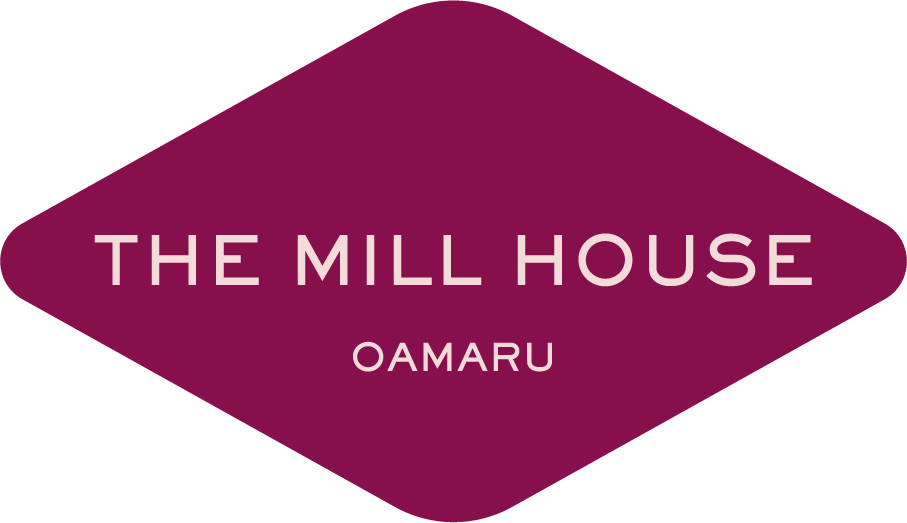

Our History
Built from locally quarried huge stone blocks by German settler Ernst Diehl, the Mill House is a former historic flour mill. Its first miller, Daniel Nicholson, began operating the mill 12 May 1879.
Less than two years later, on 27 January 1881, the building was badly damaged by fire. Thereafter it stood unoccupied for several years until it was acquired and renovated by John Hewton and James Hutton.
The Mill House was then purchased by the Dunedin-based Phoenix Company, which operated it as a mill until it was closed in 1939.
The mill and some 30 acres of adjoining land was sold to the Boy Scouts’ Association.
Whilst the mill cottage was occupied by Mr Morris until June 1969, the mill itself stood unoccupied and forlorn until May 1969 when it was purchased by Bernard Esquilant and William Menlove. After extensive restoration work, the Mill House was opened as an accommodation-restaurant complex in July 1970.
The ground floor comprised of a colonial-style restaurant with low ceiling and timber beams The first floor had six ensuite rooms and a guest lounge, while the top floor was the residence of the proprietor. Later, between 1971 and 1973 other additions were made to the complex, including a block of four studio units and a new reception area for the main building.
